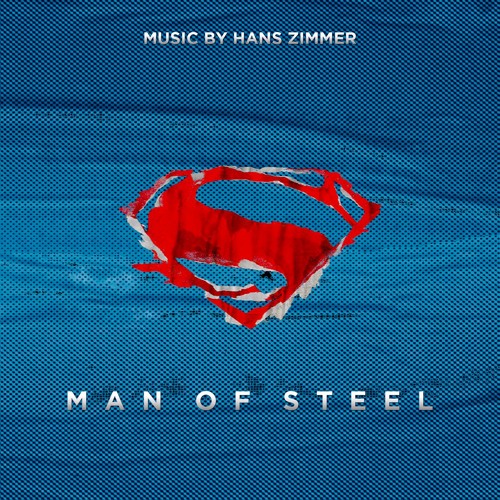

So how did the “Eye of Sauron” become such a big deal? Think of it as Middle-earth marketing. In The Two Towers, Gollum even recalls seeing Sauron’s four-fingered hand, which kinda shoots down the whole “just an eyeball” argument.

However, just because Sauron occasionally goes full “flaming eye” mode, that doesn’t mean the Great Eye is the Dark Lord’s only form - and it’s certainly not the only one he can take. One particular passage in The Return of the King suggests that there really is a flaming eye perched atop Barad-dûr tower, at least temporarily. Of course, Tolkien injected a hefty dose of lyricism into The Lord of the Rings, and there are allusions to Sauron appearing as the Great Eye in the books. From here on out, Sauron is literally a shadow of his former self, but crucially, he’s also decidedly humanoid. His spirit lived on, and (according to Middle-earth’s meticulously detailed timeline) he spent the next thousand years or so recovering until he was able to manifest a new form. Tolkien makes it clear that when Isildur cut the Ring from the Dark Lord’s hand, only his physical body died. If Sauron is more than the evil eye to end all evil eyes depicted in Jackson’s movies, just what the heck is he? Did Tolkien ever describe Sauron’s appearance in the books? And where does the Great Eye come into it? Like a lot of Middle-earth lore, it’s complicated.


Jackson a nd his collaborators made some significant changes to Sauron for the Lord of the Rings films, and they’ve colored how we’ve all pictured the Dark Lord of Mordor ever since. So, it makes sense that when the average Middle-earth fan thinks of Sauron, they think of him as a honking great peeper made of fire - but that’s not what Tolkien originally intended. So each Wednesday throughout the year, we'll go there and back again, examining how and why the films have endured as modern classics. 2021 marks The Lord of the Rings movies' 20th anniversary, and we couldn't imagine exploring the trilogy in just one story.


 0 kommentar(er)
0 kommentar(er)
